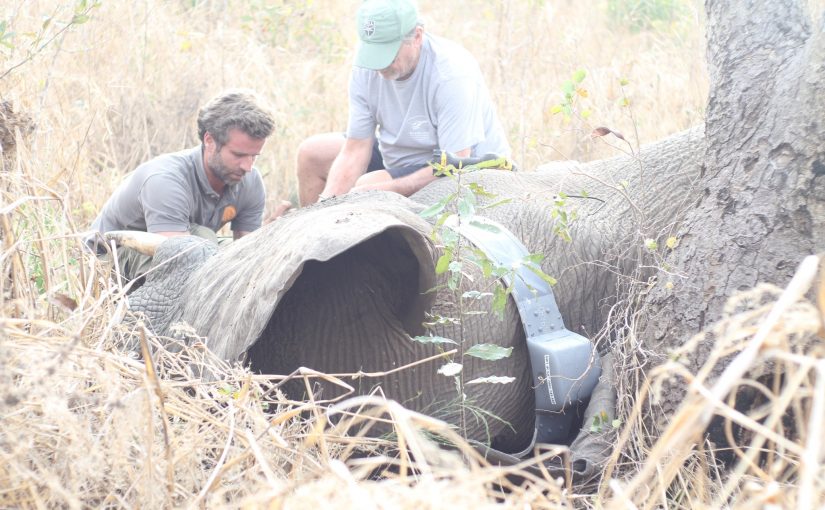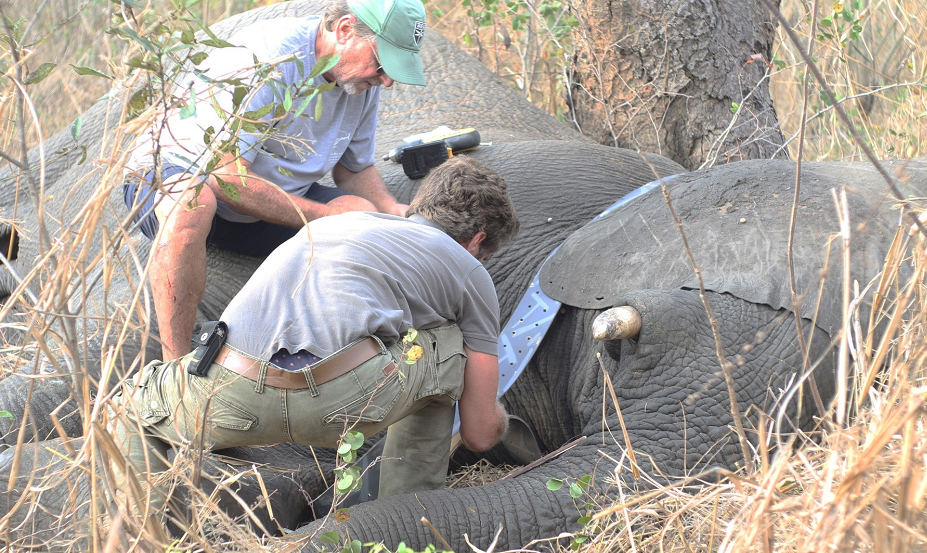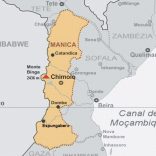Mozambique: Government approves regulation on international trade in endangered species
Moçambique: Real-time monitoring of Chimanimani elephants to mitigate conflicts

File photo: Biofund
A project in Mozambique’s Chimanimani National Park will monitor the movement of elephants in real time to encourage ecological corridors and mitigate conflicts between man and wildlife, it announced on Monday.
“It represents a remarkable achievement in the protection of elephants, which are icons of biodiversity in Mozambique. Chimanimani National Park, reinforcing its commitment to preserving nature and promoting harmonious coexistence between humans and wildlife,” a source from the Foundation for the Conservation of Biodiversity (Biofund) explained, which is implementing the initiative.
The Biodiversity Conservation and Community Development (CBDC) project in the Chimanimani Conservation Area, Manica province, central Mozambique, has the financial support of the French Development Agency and put movement monitoring devices on three elephants in the park between 16 and 19 September.
“The project is part of a wider initiative, the main aim of which is to provide essential data for managing conflicts between humans and wild animals. In addition to fitting the collars, park technicians were trained in the use of specialised software for the virtual monitoring of the elephants. This software allows park technicians to access accurate, real-time information on the animals’ movements,” added Biofund.

The minister of land and environment, Ivete Maibaze, announced on 8 July in Maputo, during the national meeting on Human-Wildlife Conflict, that the country had recorded more than 160 cases of loss of human life in three years.
“Our concern lies in the fact that in the 45 districts concerned, between 2019 and 2022, there were around 168 cases of loss of human life and the destruction of 955 hectares of various crops, including maize, sesame, millet and vegetables.”
He added that the “most problematic species” are the elephants in the provinces of Maputo, Manica, Sofala, Nampula and Niassa, crocodiles in Tete, Sofala and Manica, hippopotamuses in Sofala and Tete, hyenas in Maputo and Gaza, and buffalos in Maputo, Gaza and Sofala.
The CBDC initiative aims to improve the monitoring of ecological corridors and estimates of animal populations, making it possible to “promote more sustainable environmental management” of the park and its “Buffer Zone”, and is budgeted at €4.8 million by 2024 of which €3 million are guaranteed by the French Development Agency, in addition to the French Global Environment Facility (€1.2 million) and Fauna and Flora International (€600,000).
In the park’s so-called “Buffer Zone”, the project promotes the sustainable management of natural resources “for the benefit of local communities” in order to achieve “a balance between improving the socio-economic conditions of local communities and conserving natural resources and biodiversity”.
Located in the district of Sussundenga, in Manica Province, Chimanimani National Park covers Mount Binga, the highest point in the country, close to the border with Zimbabwe.
The reserve was created in 2000 and has a rich ecosystem, especially in the mountainous areas, with rocky landscapes and unique species of plants, birds, reptiles and butterflies. The local community also preserves rock paintings, ancestral beliefs and traditions.












Leave a Reply
Be the First to Comment!
You must be logged in to post a comment.
You must be logged in to post a comment.